Chipping is a critical skill in golf that can significantly impact your overall performance on the course. Whether you’re faced with a straightforward chip shot or a tricky lie, understanding the right techniques can make all the difference. In this guide, we’ll explore essential chipping techniques that will help you strike the ball consistently and improve your short game.
The Importance of Chipping
Chipping is vital for maintaining momentum during a round of golf. When you miss the green, a successful chip can save your score and keep you in the game. A solid chipping technique allows the ball to land on the green and roll towards the hole. This requires consistent strikes and effective distance control.
To master chipping, you need to understand the mechanics behind it and practice regularly. This guide will provide you with the necessary skills to become proficient around the greens.
Understanding the Basics of Chipping
Chipping does not require significant power; instead, it relies on precision and technique. The key is to adopt a pendulum-like motion that keeps the ball on track. This motion simplifies the shot and makes it easier to hit the ball straight.
Starting Position
Begin by positioning the club vertically, with the heel slightly off the ground. Stand with your feet close together and let your arms hang naturally. This grip will feel different from a standard shot, but it is essential for chipping.
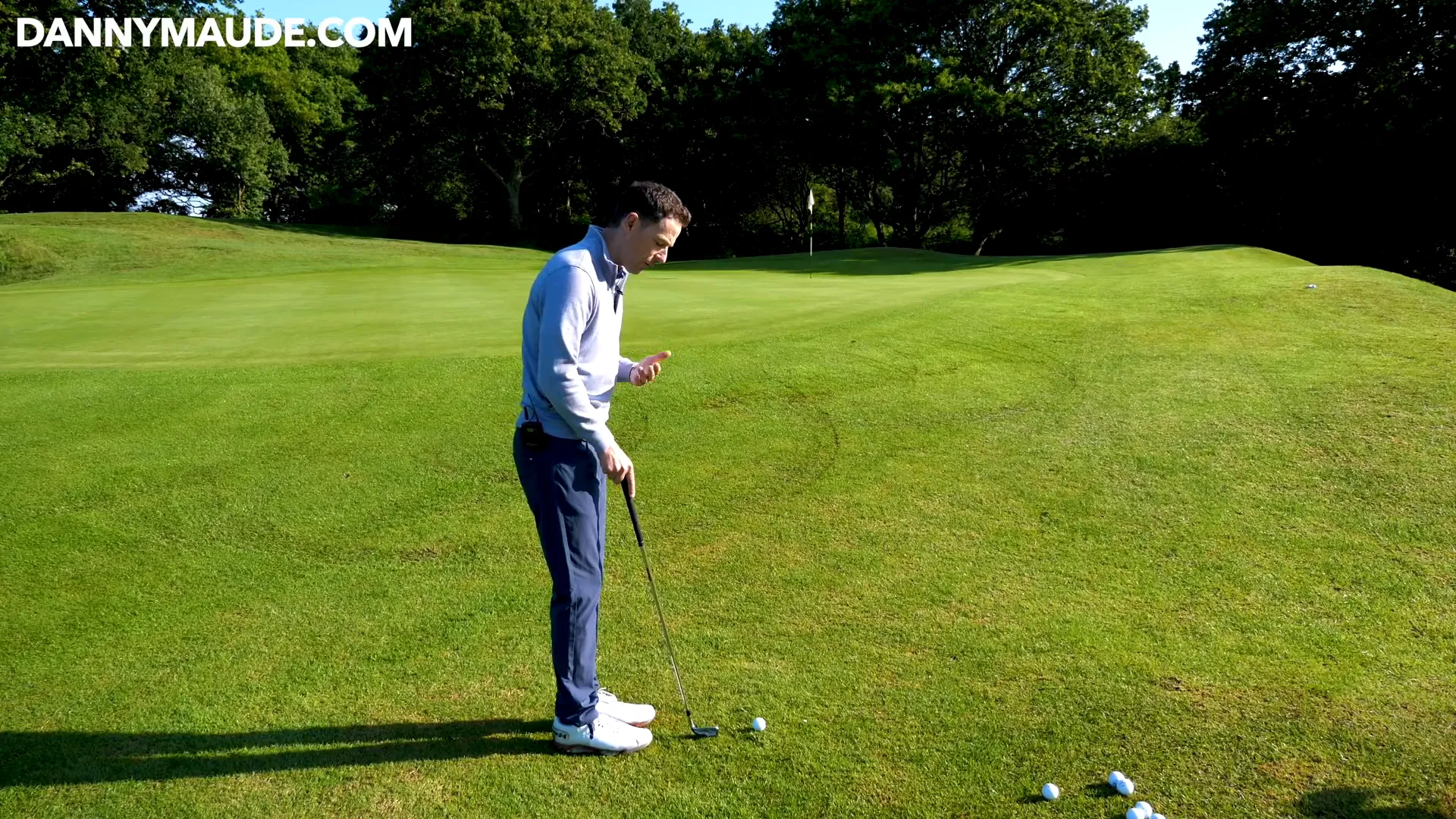
Ball Position and Weight Distribution
For a successful chip, the ball should be positioned towards the back of your stance. Shift your weight onto your front foot. This setup allows for a more controlled swing and consistent strikes.
The Pendulum Motion
The chipping action should mimic an underarm throw. As you swing back, allow your wrists to hinge slightly, then release the club in a smooth motion. This release is crucial for achieving accuracy and distance control.
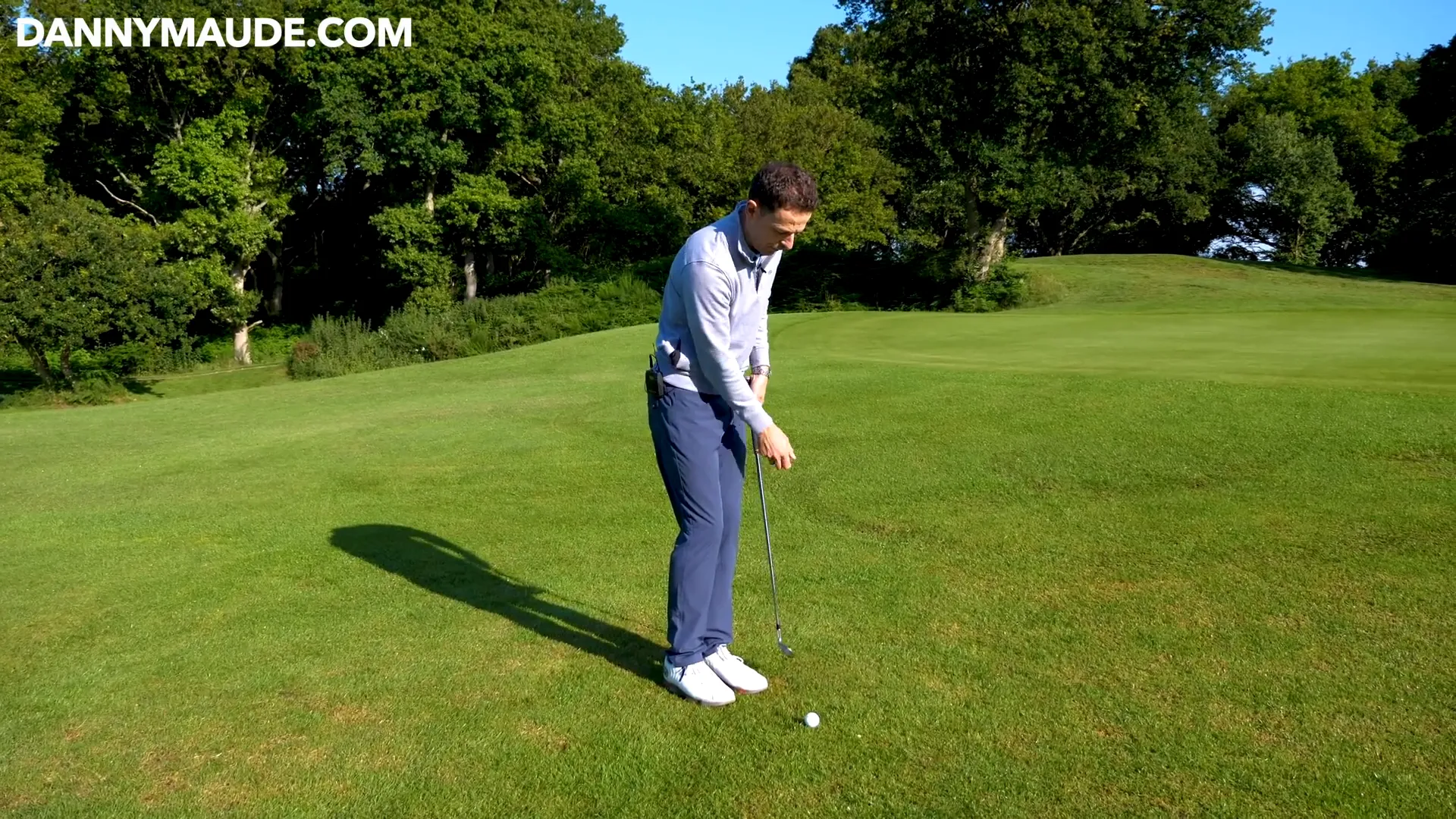
Common Mistakes in Chipping
Many golfers struggle with chipping due to misconceptions about how to strike the ball. A common mistake is allowing the butt end of the club to move too far back, leading to thin or fat shots.
When you drive your hands forward, it can cause the leading edge of the club to dig into the ground, resulting in a fat shot. Instead, focus on allowing the butt of the club to rise through impact, which helps release the bounce and leads to better contact.
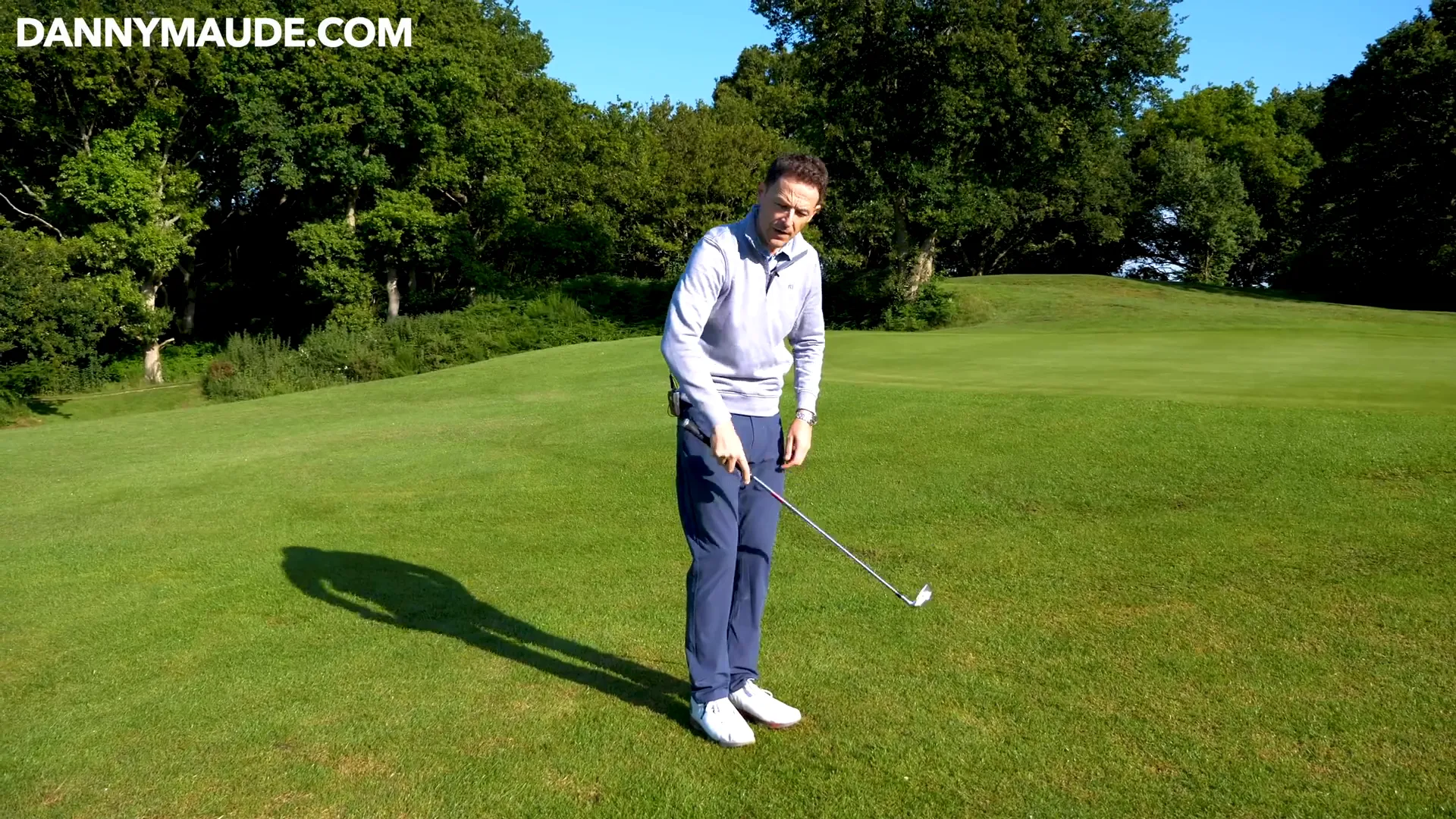
Developing a Confident Chipping Action
Confidence is key in chipping. If you’re too careful, your shots may lack the necessary power and precision. Instead, adopt a more assertive approach by focusing on a quick and confident motion. This “pop” action will allow you to strike the ball cleanly and accurately.
When you practice, aim for a short finish rather than a long, loose swing. This technique will help you maintain control and accuracy.
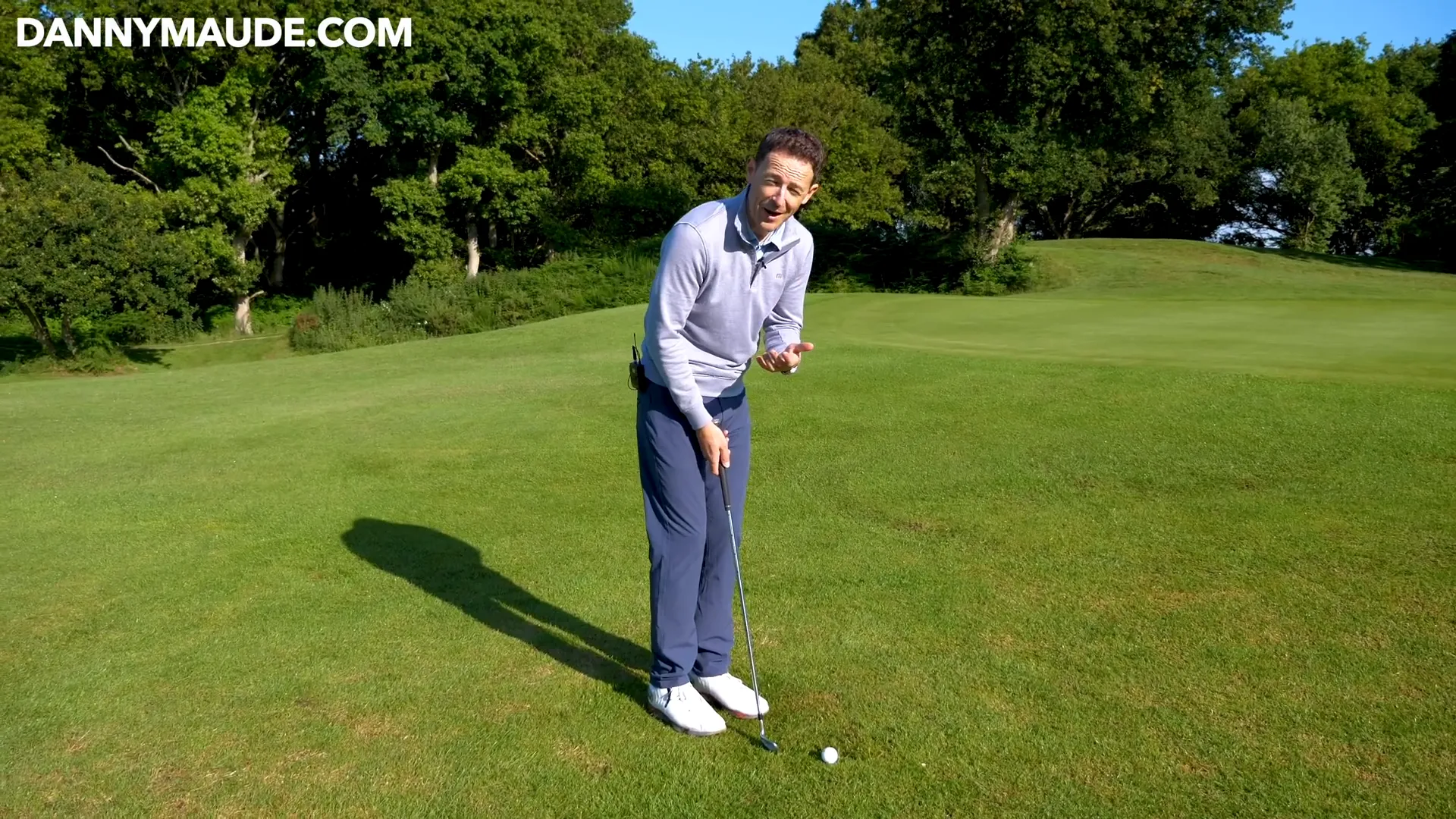
Adjusting for Different Lies
Chipping from various lies can pose unique challenges. For example, when you’re near the edge of the green and facing rough ground, you may need to adjust your technique slightly. Using a higher lofted club, like a 56-degree wedge, is essential in these situations.
Keep the ball back in your stance and employ the same chipping motion. This adjustment allows the ball to land softly and stop quickly on the green.
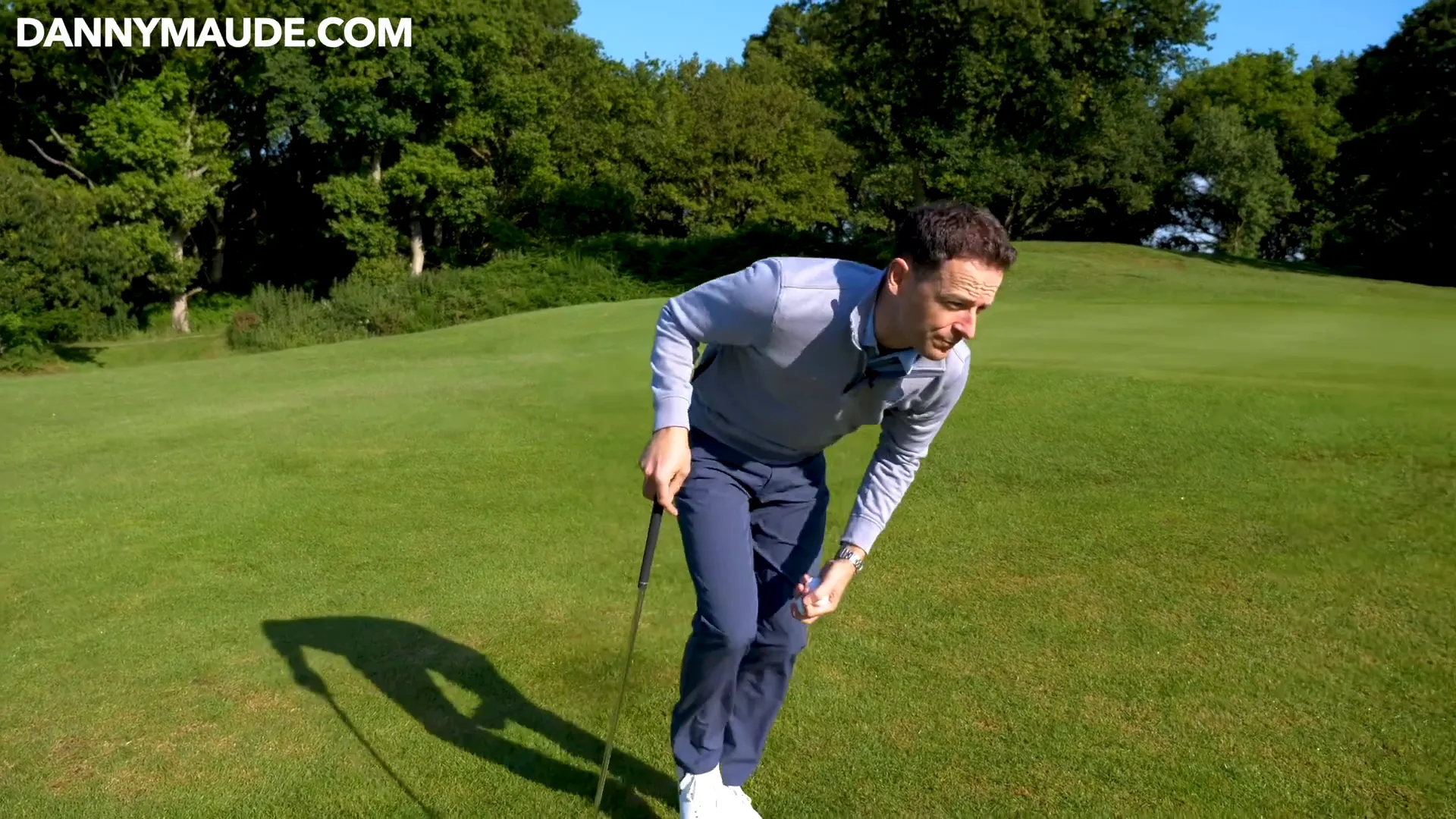
Dealing with Difficult Lies
When you encounter muddy or bare lies, maintaining a solid technique is crucial. The same principles apply: set up correctly, keep your weight forward, and focus on the pop motion. If you’re too cautious, you may struggle to make solid contact.
Using a visual aid, such as a line on your golf ball, can help you maintain a straight path through impact. This technique allows you to visualize your swing and improve your accuracy.
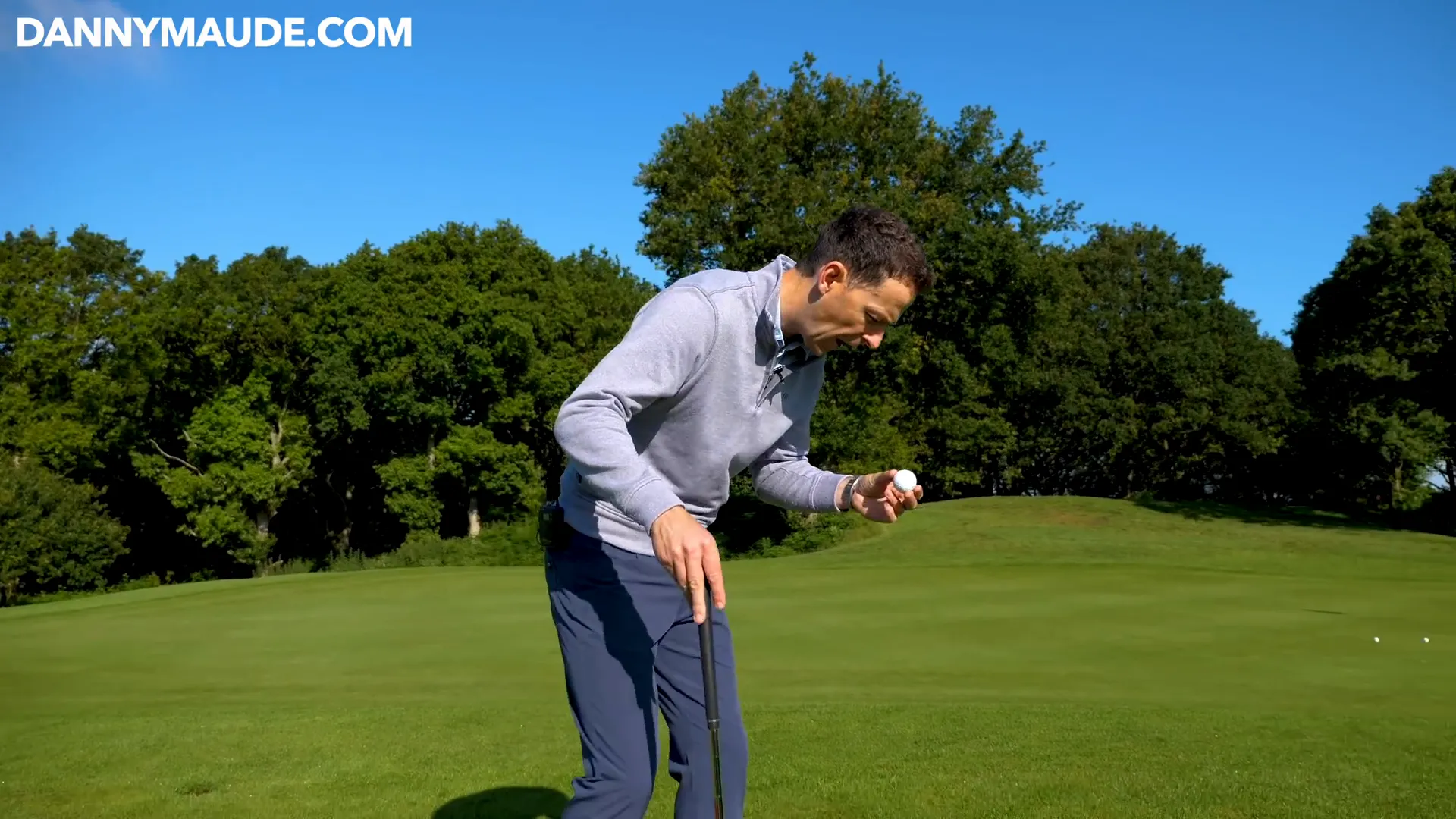
Practice Makes Perfect
To truly master your chipping technique, consistent practice is essential. Set aside time to work on different shots, focusing on your stance, grip, and swing mechanics. Experiment with various clubs to understand how they affect your distance control and shot trajectory.
Remember, you will face challenges and make mistakes along the way. Embrace these moments as opportunities to learn and improve your game.
Conclusion
Chipping is a fundamental skill that can significantly enhance your performance on the golf course. By mastering the essential techniques outlined in this guide, you can improve your consistency and confidence around the greens. Remember to practice regularly, stay relaxed, and focus on your technique. Soon, you’ll find yourself getting up and down more often and lowering your scores.
If you found this guide helpful, consider sharing it with fellow golfers who might benefit from these tips. Happy chipping!

0 Comments